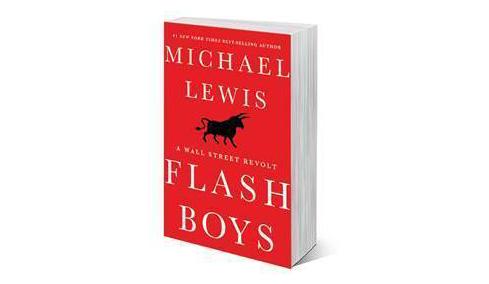01:38 PM
All I Want for Christmas ...
As the economy has gone south, and equities with it, fixed-income traders are once again being offered the company tickets to the hottest playoff games. But with that rise in profile comes a rise in volumes that has the bond desk asking for new trading tools - namely, an order-management-system of its very own.
Todd Eyler, an analyst with Framingham, Mass.-based Financial Insights, who recently authored a report on the growing popularity of fixed-income OMSs, says that a serious uptake in OMS usage is on the horizon. In addition to rising volumes, the movement of FIX 4.4 into the fixed-income space has firms looking to automate bond trading.
In the past, bond traders were asked to make do with equity-focused order-management systems that offered a little fixed-income functionality on the side. "Vendors came out with fixed-income products in the early '90s that were basically retrofitted equity OMSs. They were not very analytical," says Eyler. "Only recently have vendors focused on the portfolio manager and their analytical needs rather than the trader."
Just getting by with those equity-focused systems or cobbling together Excel spreadsheets will soon be a thing of the past for tier-two buy-side firms, he says. Systems from the likes of Latent Zero and Charles River for large players; SunGard and Macgregor for mid-tier institutions; and Bloomberg for the smaller firms are better able to integrate all the analytical and market-data information that a portfolio manager needs to make sound investment decisions, adds Eyler.
"If you can do proactive analysis on a portfolio and quickly address the needs of a portfolio then it leads to much better performance," says Eyler. "This is especially valuable in large shops where you have a bunch of analysts and portfolio managers all doing their own thing. Unless you can centralize that, you are going to have things falling between the cracks."
One thing to be wary of, says Eyler, is whether a vendor has taken adequate measures to ensure a high quality of data flowing into the system. He again cites Charles River as being a leader in this space, which partnered with Eagle Investment Systems (a subsidiary of Mellon Financial Corp.) to build a reference-data hub.
"You need to make sure the attribute data - the call feature, the coupon features - are all updated. You need that to do good pre-trade analysis."
---
Caveat Emptor
Go For a Test Drive - Eyler recommends having portfolio managers and traders run a simple instrument, such as a short-term muni, through an ASP version of any potential system before giving a final answer.
Choose a Conductor For Each Instrument - Because fixed-income instruments are so different in their construction (from money markets to complex mortgage-backed securities) one person should be assigned for each security type to verify that the system meets that instrument's needs.
Two For One Sale - When shopping for an OMS, look to pick up a compliance engine at the same time. Doing so will provide a firm more bargaining power, while simultaneously putting an important fixed-income-trading component in place.
Source: Financial Insights
---
A Wide-Open Market
Tier One: Buy-side firms with over $100 billion in fixed-income assets under management. (45 firms total, 18 lack an OMS)
Tier Two: Buy-side firms with between $10 and $100 billion in fixed-income assets under management. (118 firms total, 66 lack an OMS)
Tier Three: Buy-side firms with between $5 and $10 billion in fixed-income assets under management. (85 firms total, approximately 65 lack an OMS)
Source: Financial Insights


























